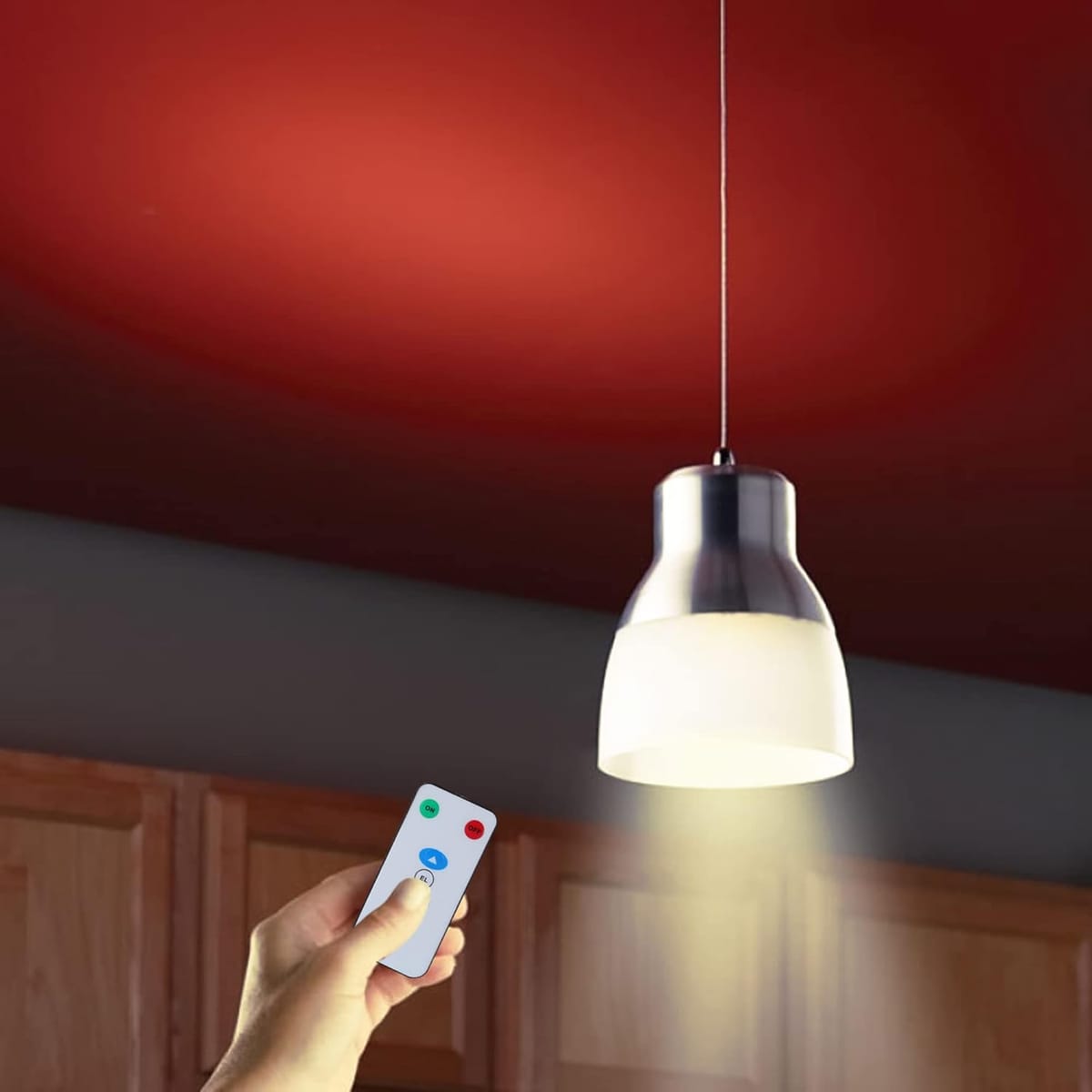Key Takeaways:
- Rechargeable light bulbs are equipped with built-in batteries that store energy for use during power outages.
- These bulbs are highly economical and energy-efficient, making them a practical choice for both indoor and outdoor lighting.
- Understanding the technology behind rechargeable light bulbs can help you make informed decisions about their use in your daily life.
Introduction
Rechargeable light bulbs have become a popular choice for many households and businesses due to their convenience and energy efficiency. These innovative lighting solutions are designed to provide illumination even during power outages, thanks to their built-in batteries. In this article, we will explore how rechargeable light bulbs work, their benefits, and how they can be integrated into your daily life.
What Are Rechargeable Light Bulbs?
Rechargeable light bulbs are a type of LED light bulb that comes with an internal battery. This battery stores energy when the bulb is connected to a power source, allowing the bulb to continue functioning even when there is no electricity. These bulbs are particularly useful during power outages, providing a reliable source of light when you need it most.
The technology behind rechargeable light bulbs is relatively simple. When the bulb is connected to a power supply, it charges the internal battery. Once the battery power is fully charged, the bulb can operate independently of the power source, using the stored energy to produce light. This makes rechargeable light bulbs a versatile and practical lighting solution for various situations.
How Do Rechargeable Light Bulbs Work?
Rechargeable light bulbs work by utilizing a built-in battery that stores energy when the bulb is connected to a power source. When the power supply is interrupted, a switch on the bulb automatically switches to battery mode, using the stored energy to continue providing light. This seamless transition ensures that you are never left in the dark during a power outage.
The internal battery in a rechargeable light bulb is typically a lithium-ion battery, known for its high energy density and long lifespan. These batteries are designed to be recharged hundreds of times, making rechargeable light bulbs a cost-effective and environmentally friendly lighting option.
Benefits of Rechargeable Light Bulbs

One of the main benefits of rechargeable light bulbs is their ability to provide light during power outages. This can be particularly useful in areas prone to frequent power cuts, ensuring that you always have a reliable source of light. Additionally, rechargeable light bulbs are highly economical, as they can be recharged and used multiple times, reducing the need for frequent replacements.
Another significant advantage of rechargeable light bulbs is their energy efficiency. LED technology in light switches is known for its low energy consumption, and when combined with a rechargeable battery, these bulbs can help reduce your overall energy usage. This not only lowers your electricity bills but also minimizes your environmental impact.
Energy Efficiency and Environmental Impact
Rechargeable light bulbs are designed to be energy efficient, using LED technology to produce bright, consistent light while consuming minimal power. This makes them an excellent choice for those looking to reduce their energy consumption and lower their electricity bills. Additionally, the long lifespan of most rechargeable LED bulbs means that they need to be replaced less frequently, further reducing waste and environmental impact.
The use of rechargeable batteries in these bulbs and lamps also contributes to their environmental benefits. By reducing the need for disposable batteries, rechargeable light bulbs help minimize the amount of hazardous waste that ends up in landfills. This makes them a more sustainable choice for environmentally conscious consumers.
Installation and Usage
Installing rechargeable light bulbs is a straightforward process. They can be used in any standard light fixture, just like regular bulbs. Screw the bulb into the socket, and it will begin charging when connected to a power source. Once fully charged, the rechargeable bulb will be ready to provide light during power outages or when used in areas without access to electricity.
Using rechargeable light bulbs is also easy. They function just like regular bulbs, with the added benefit of battery backup. When the lamp or power supply is interrupted, the bulb will automatically switch to battery mode, ensuring that you always have light when you need it. This makes them an ideal choice for emergency lighting, outdoor activities, and other situations where a reliable light source is essential.
Comparing Rechargeable Light Bulbs to Regular Bulbs
One of the main differences between rechargeable light bulbs and regular bulbs is the presence of an internal battery. This battery allows rechargeable bulbs to store energy and provide light even when there is no power supply. In contrast, regular bulbs rely solely on a continuous power source to function.
Another key difference is energy efficiency. Rechargeable light bulbs use LED technology, which is known for its low energy consumption and long lifespan. Regular bulbs, such as incandescent bulbs, consume more power and have a shorter lifespan, making them less economical and environmentally friendly.
Applications of Rechargeable Light Bulbs
Rechargeable light bulbs have a wide range of applications, making them a versatile lighting solution for various situations. They are particularly useful during power outages, providing a reliable source of light when the electricity is out. This makes them an essential addition to any emergency preparedness kit.
These rechargeable LED light bulbs are also ideal for outdoor activities, such as camping or hiking, where access to electricity may be limited. Their built-in batteries allow them to provide light in remote locations, ensuring that you always have a reliable light source. Additionally, rechargeable light bulbs can be used in areas without a stable power supply, such as sheds, garages, or cabins.
Choosing the Right Rechargeable Light Bulb
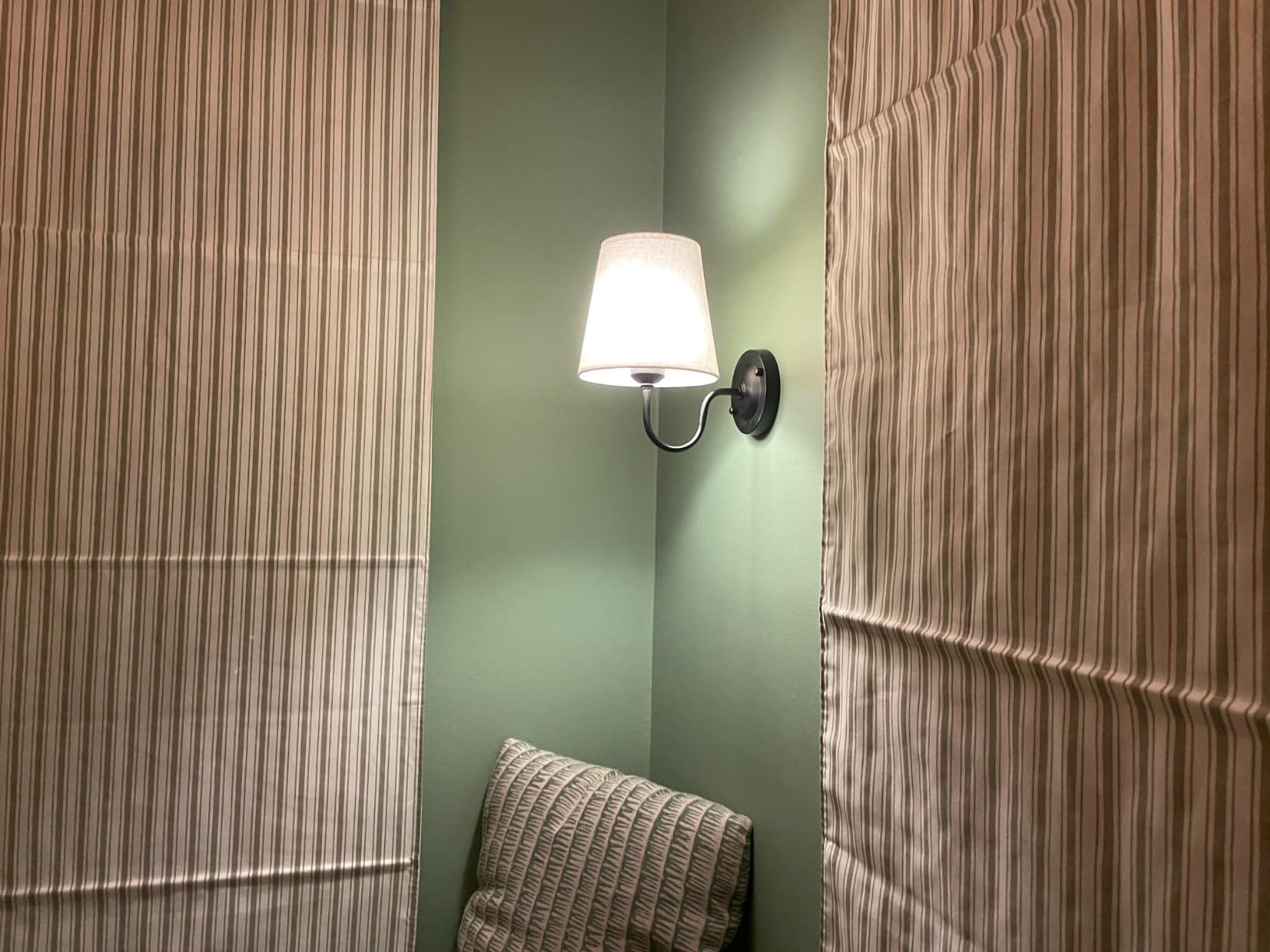

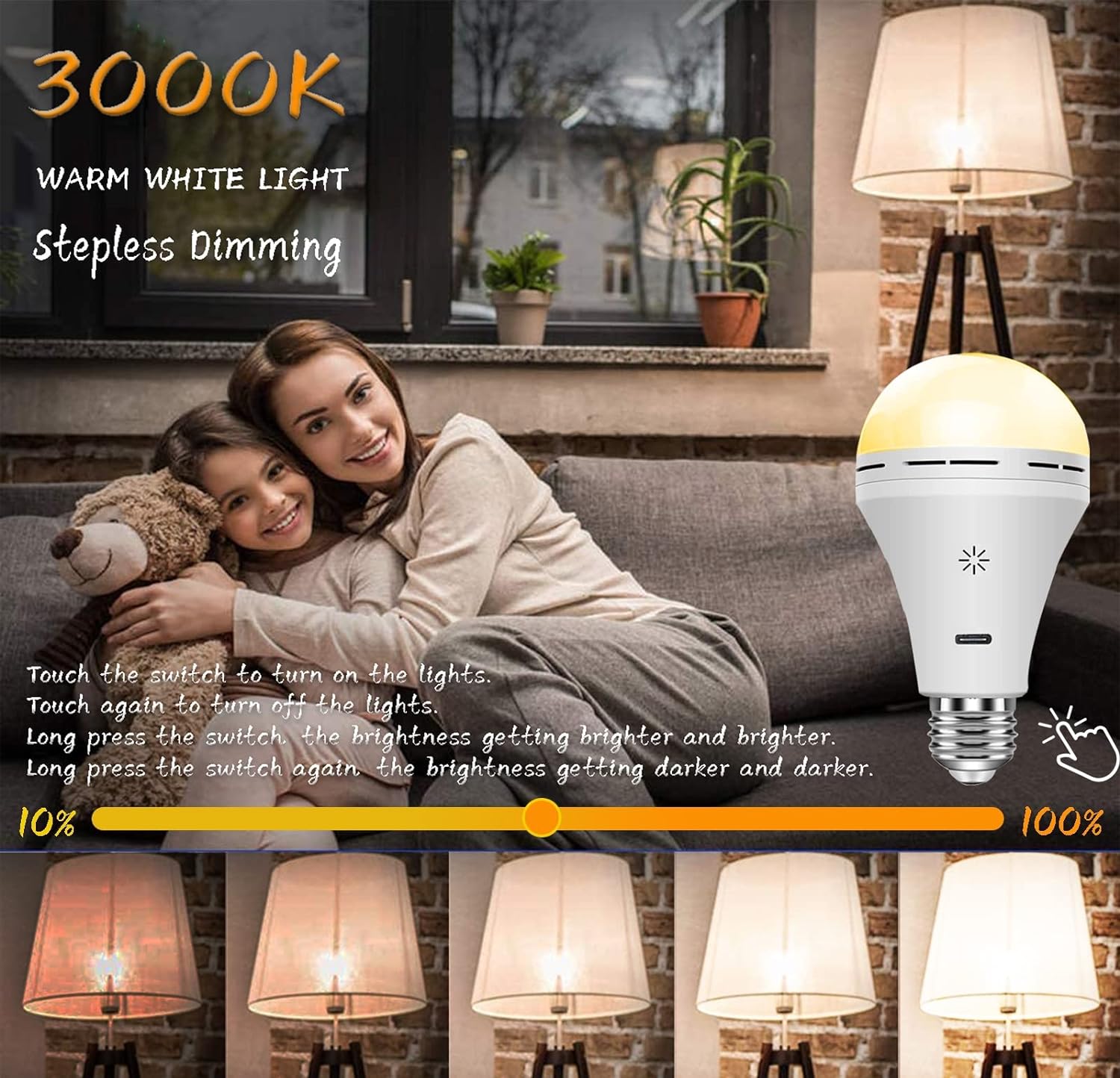
When selecting a rechargeable light bulb, there are several factors to consider. One of the most important is the bulb's brightness, measured in lumens. Choose a bulb with a brightness level that suits your needs, whether you need a bright light for reading or a softer light for ambiance.
Another factor to consider is the bulb's battery life. Look for a bulb with a long-lasting battery that can provide light for several hours on a single charge. Additionally, consider the bulb's charging time, as some bulbs may take longer to charge than others. Finally, check the bulb's compatibility with your existing light fixtures to ensure a seamless installation.
Maintenance and Care
Maintaining rechargeable light bulbs is relatively simple. To ensure your lights' optimal performance, regularly check the bulb's battery level and recharge it as needed. Most rechargeable bulbs have an indicator light that shows when the battery is low, making it easy to know when it's time to recharge.
It's also important to keep the bulb clean and free of dust, as this can affect its performance. Use a soft, dry cloth to gently wipe the bulb's surface, being careful not to damage the LED components. Additionally, avoid exposing the bulb to extreme temperatures, heat, or moisture, as this can shorten its lifespan and reduce its effectiveness.
Cost and Savings
While rechargeable light bulbs may have a higher upfront cost compared to regular bulbs, they can save you money in the long run. Their energy efficiency and long lifespan mean that you will spend less on electricity and replacements over time. Additionally, the ability to provide light during power outages can help you avoid the cost of alternative lighting solutions, such as candles or flashlights.
The total price of rechargeable light bulbs can vary depending on the brand, brightness, color temperature, and battery life. However, the long-term savings and convenience they offer make them a worthwhile investment for many households and businesses.
Safety Considerations
When using rechargeable light bulbs, it's important to follow safety guidelines to ensure their proper functioning and longevity. Always use the bulb in a compatible fixture and avoid overloading the circuit breaker. Additionally, make sure the bulb is fully charged before using it in battery mode to ensure optimal performance.
It's also important to handle the bulb with care, as dropping or mishandling it can damage the internal battery and LED components. If the bulb shows signs of damage or malfunction, discontinue use and replace it with a new one to avoid potential safety hazards.
Environmental Impact
Rechargeable light bulbs have a lower environmental impact compared to regular bulbs. Their energy efficiency and long lifespan mean that they consume less power and need to be replaced less frequently, reducing waste and energy consumption. Additionally, the use of rechargeable batteries helps minimize the amount of hazardous waste that ends up in landfills.
By choosing rechargeable light bulbs, you can contribute to a more sustainable future and reduce your carbon footprint. This makes them an excellent choice for environmentally conscious consumers looking to make a positive impact on the planet.
Common Misconceptions
There are several common misconceptions about rechargeable light bulbs that can lead to confusion. One of the most common is that these bulbs are difficult to install and use. In reality, rechargeable light bulbs are designed to be easy to install and operate, just like regular bulbs.
Another misconception is that rechargeable light bulbs are not as bright as regular bulbs. However, many rechargeable bulbs use LED technology, which can produce bright, consistent light while consuming less power. This makes them a practical and efficient lighting solution for various situations.
Future of Rechargeable Light Bulbs
The future of rechargeable light bulbs looks promising, with ongoing advancements in LED technology and battery efficiency. As these technologies continue to improve, we can expect to see even more energy-efficient and long-lasting rechargeable light bulbs on the market.
Additionally, the growing demand for sustainable and environmentally friendly lighting solutions is likely to drive further innovation in this field. This means that rechargeable light bulbs will continue to play a significant role in the future of lighting, providing a reliable and eco-friendly alternative to traditional bulbs.
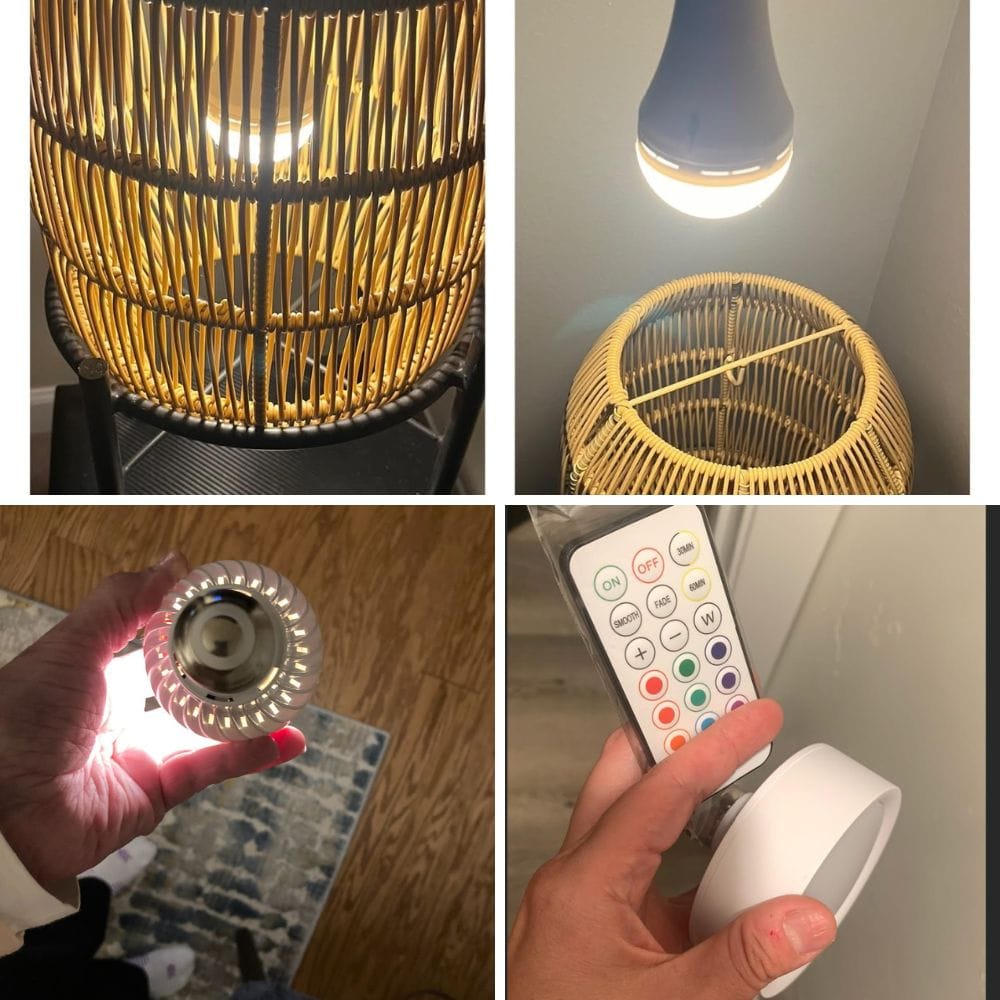
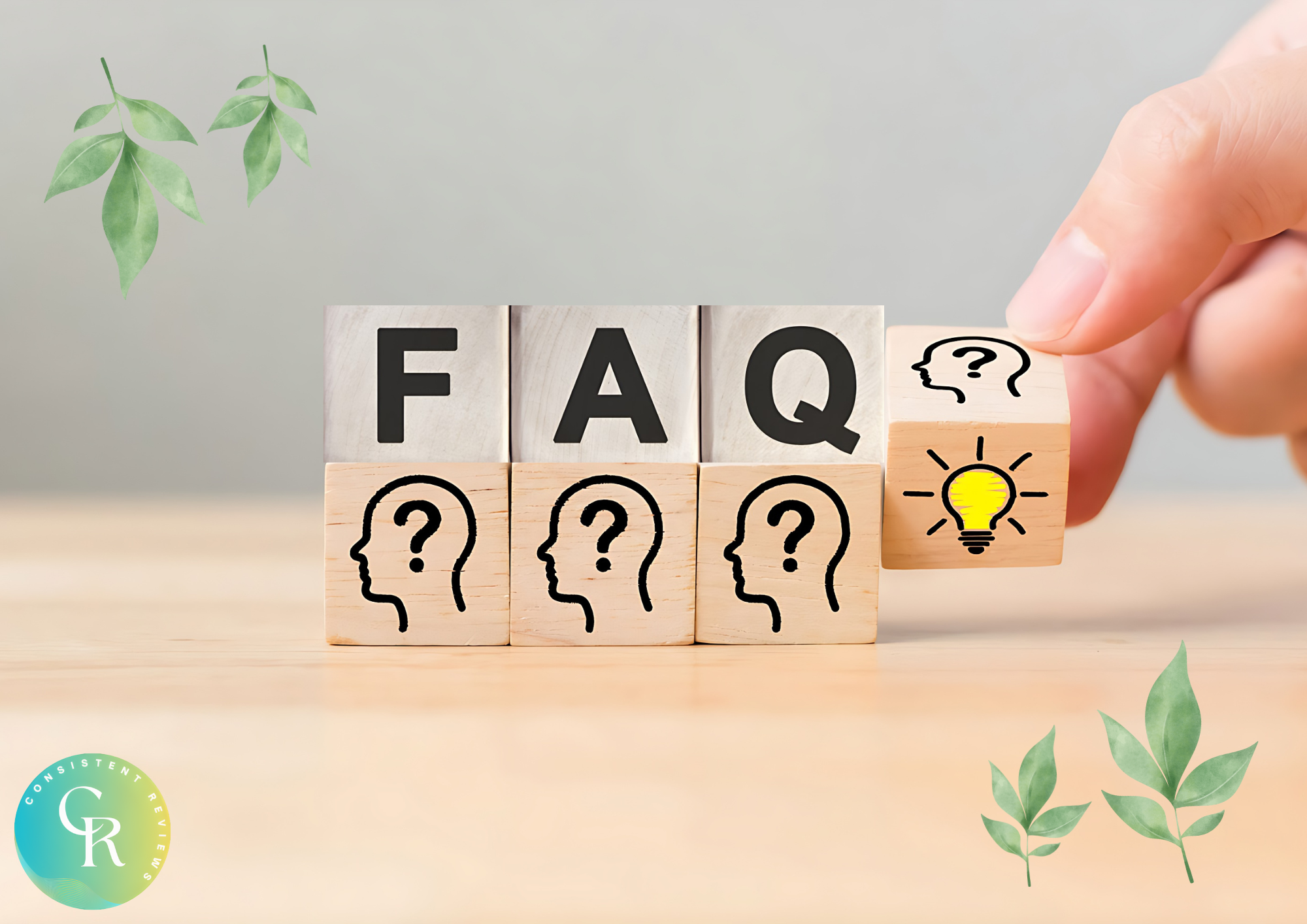
How long do rechargeable light bulbs last on a single charge?
The battery life of rechargeable light bulbs can vary depending on the brand and model. However, most rechargeable bulbs can provide light for several hours on a single charge. It's important to check the product details for specific information on battery life.
Can rechargeable light bulbs be used in any light fixture?
Yes, rechargeable light bulbs can be used in any standard light fixture, just like regular bulbs. Screw the bulb into the socket, and it will begin charging when connected to a power source.
Are rechargeable light bulbs safe to use?
Yes, rechargeable light bulbs are safe to use when used according to the manufacturer's instructions. It's important to handle the bulb with care and avoid exposing it to extreme temperatures or moisture. If the bulb shows signs of damage or malfunction, discontinue use and replace it with a new one.
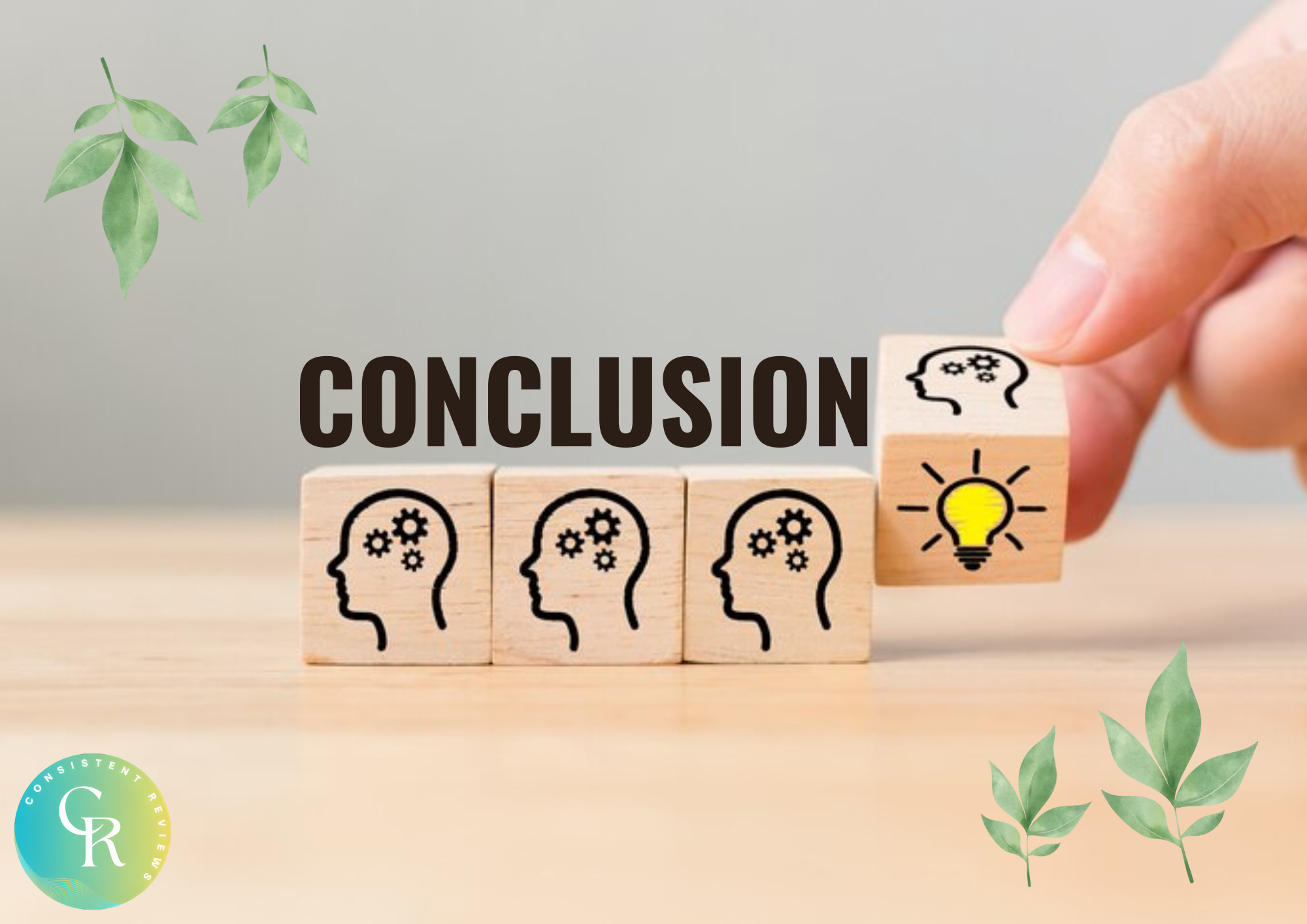
Rechargeable light bulbs are a practical and energy-efficient lighting solution that can provide reliable illumination during power outages and in areas without access to electricity. Their built-in batteries and LED technology make them a cost-effective and environmentally friendly choice for various applications. By understanding how rechargeable light bulbs work and their benefits, you can make informed decisions about their use in your daily life.



